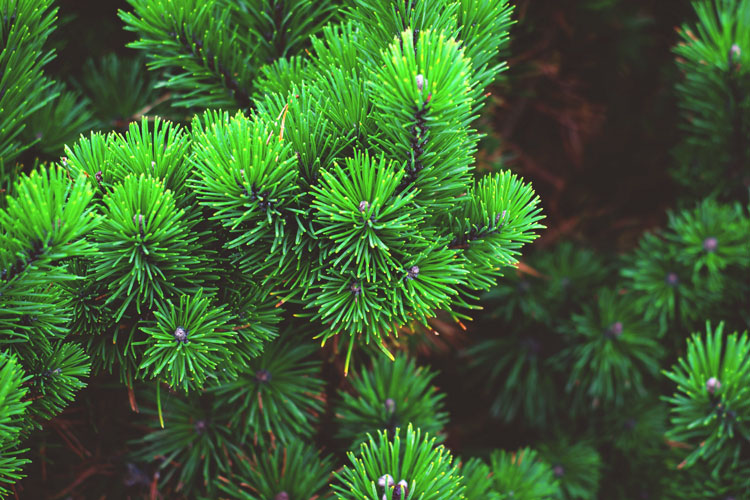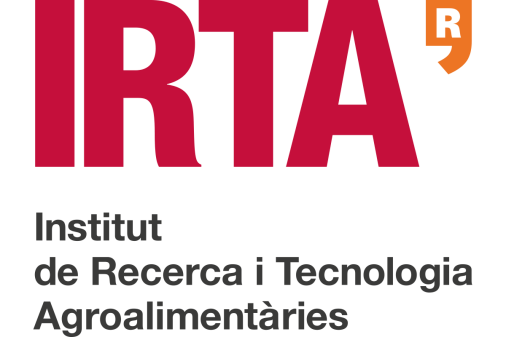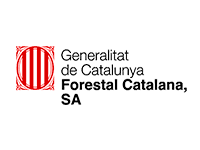Detection of Deltamethrin in Pine Needles
IQS is collaborating with the Food and Agriculture Research and Technology Institute’s (IRTA) Fruit Growing – Agroforestry Group and the Government of Catalonia’s Catalan Forestry Agency to develop an analytical method to detect and quantify Deltamethrin. Deltamethrin is an insecticide in the pyrethroid family used to combat pests in stone pine, currently in the trial phase to control Leptoglossus occidentalis, the Western conifer seed bug that is devastating pine nut production throughout the Iberian Peninsula.
Stone pine, Pinus pinea, is a dominant species in many forests along the Catalan coasts that is suffering the consequences from various pests due above all to the fragility of the woodlands caused by recurrent droughts over recent years. Among these pests is Leptoglossus occidentalis, a bug that arrived in Spain in 2003 and can now be found in all areas in the peninsula where stone pine woodlands are present. The Western conifer seed bug eats the pine nuts and destroys the pine cones before they can mature.
Pine nuts are one of the most prized nuts around due to their nutritional qualities, and the Iberian Peninsula is the world’s leading producer. Over the past five years, production has been falling steadily and it is now difficult to find Mediterranean pine nuts on the market. This situation is leading to the entry of other pine nuts on the market, largely of Asian origin and gradually replacing local ones that have many more beneficial properties.
Detection and quantification of Deltamethrin levels
To fight against this pest, trials are being run testing Deltamethrin, a synthetic pyrethroid with a broad spectrum of acaricidal and insecticidal activities. Determining the persistence of the product in nature, in pine needs, and its presence in pine nuts – considered a healthy food – in particular is crucial. The IQS Chromatography Laboratory, led by Marina Bellot and Dr Cristian Gómez, has developed an analytical method to determine very low levels of this pesticide, both in pine needles and pine nuts.
The great challenge in this study lies in the complexity of the samples, as pine needles are a matrix with a vast amount of chlorophyll and resins, and the literature is scant regarding how to conduct these determinations on plant tissues with these characteristics. Nonetheless, the IQS laboratories have been able to validate an analytical method based on a dispersive solid-phase extraction using QuEChERS and gas chromatography coupled to an electron capture detector (GC-ECD).
In the words of the IRTA researchers: “This collaboration is proving quite fruitful as it is enabling us to establish the doses and application times for this insecticide. Strengthening controls of potential residues, both in forests and in pine needles, as well as with pine nuts for consumption, is essential in terms of making the right decisions when applying any product.”




